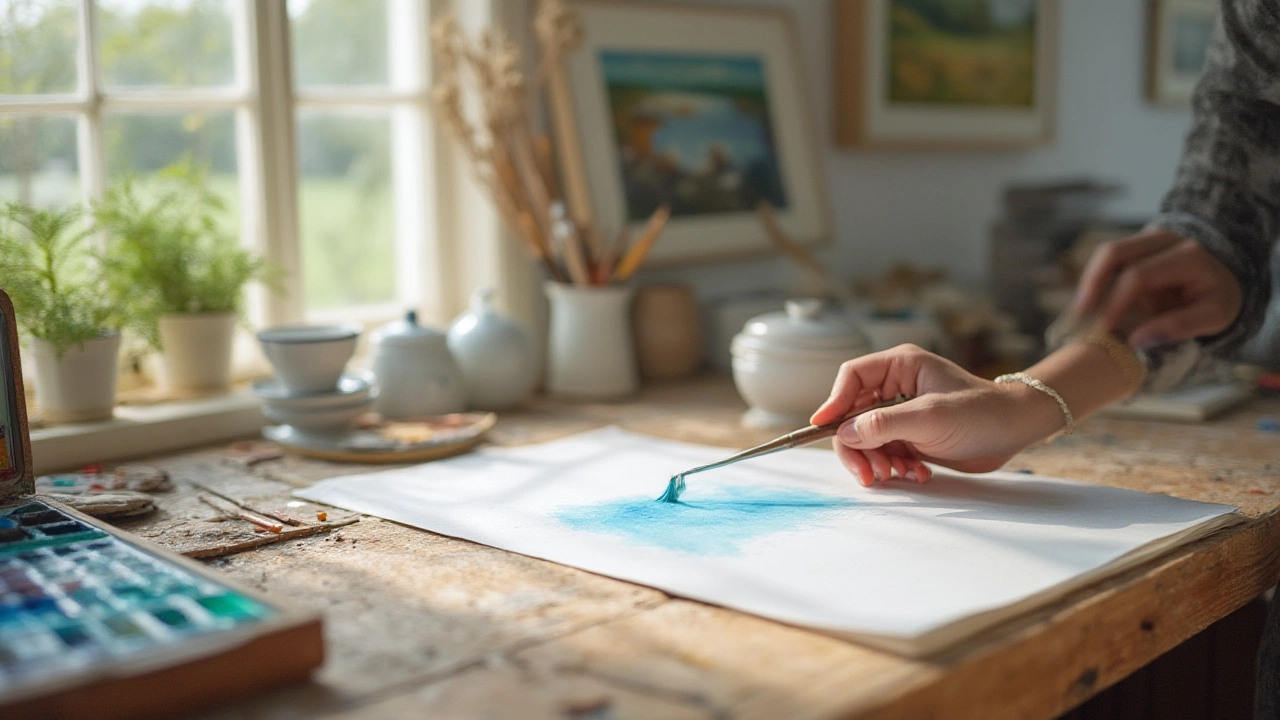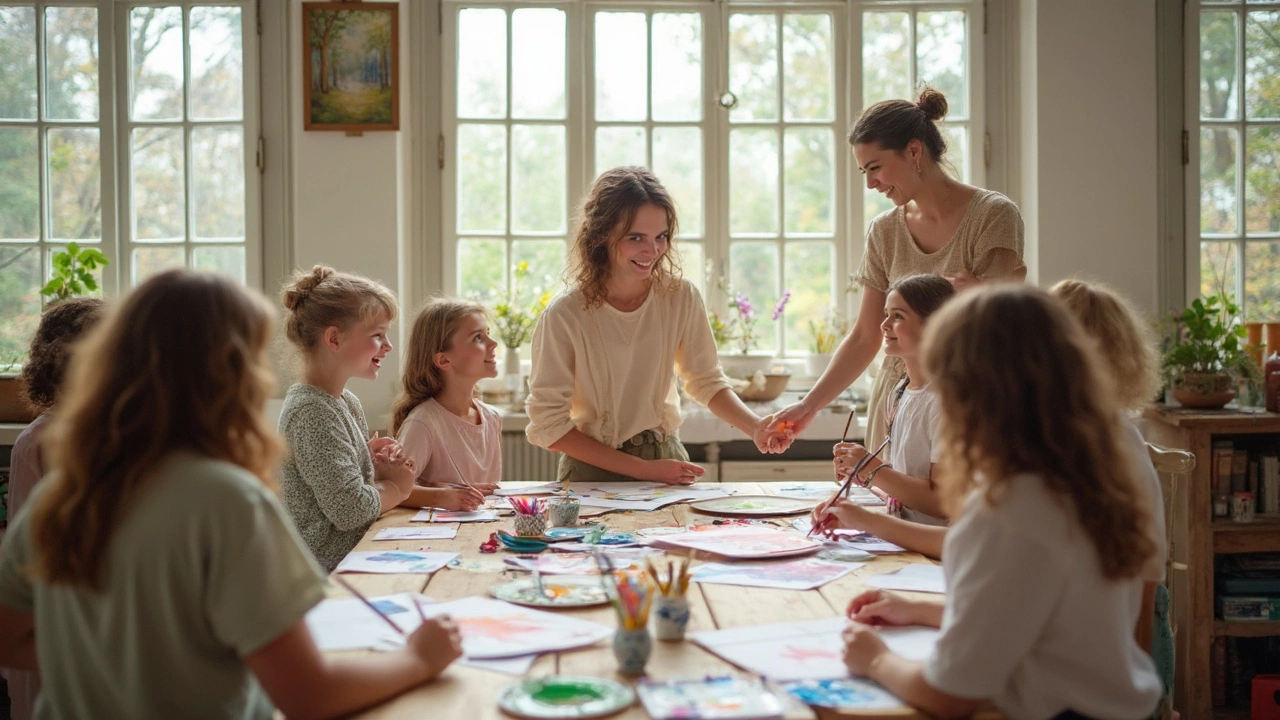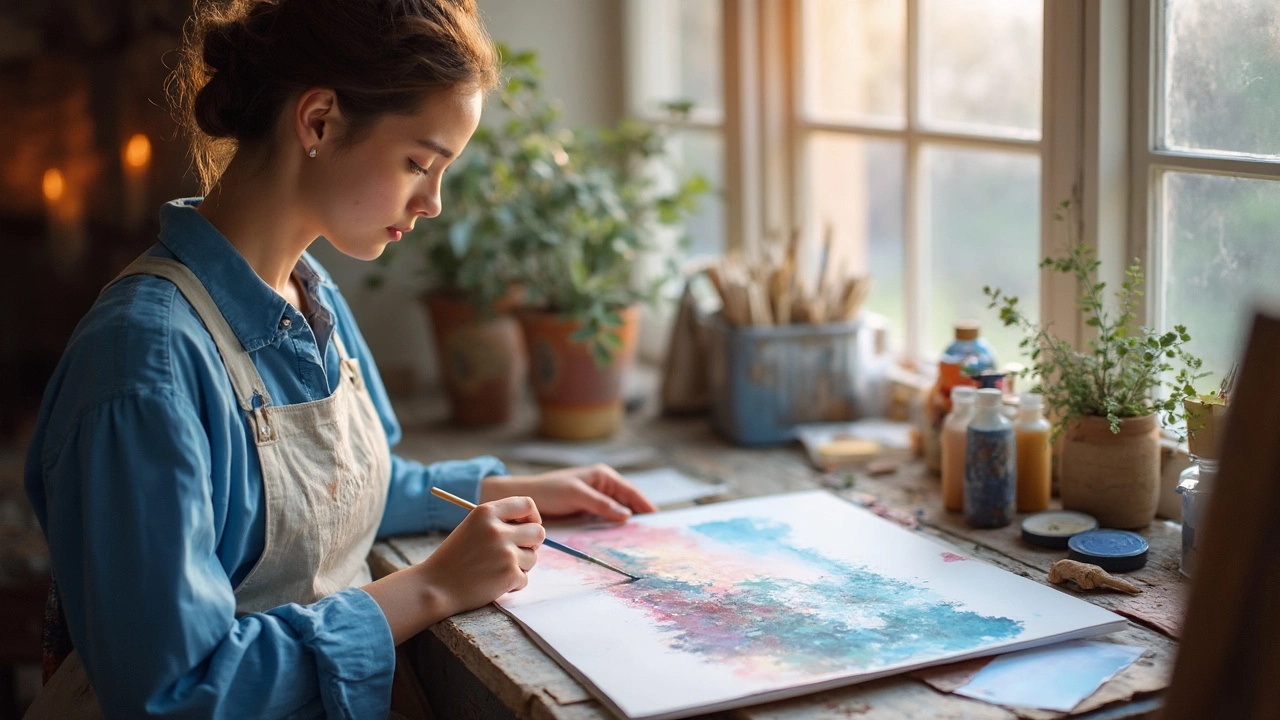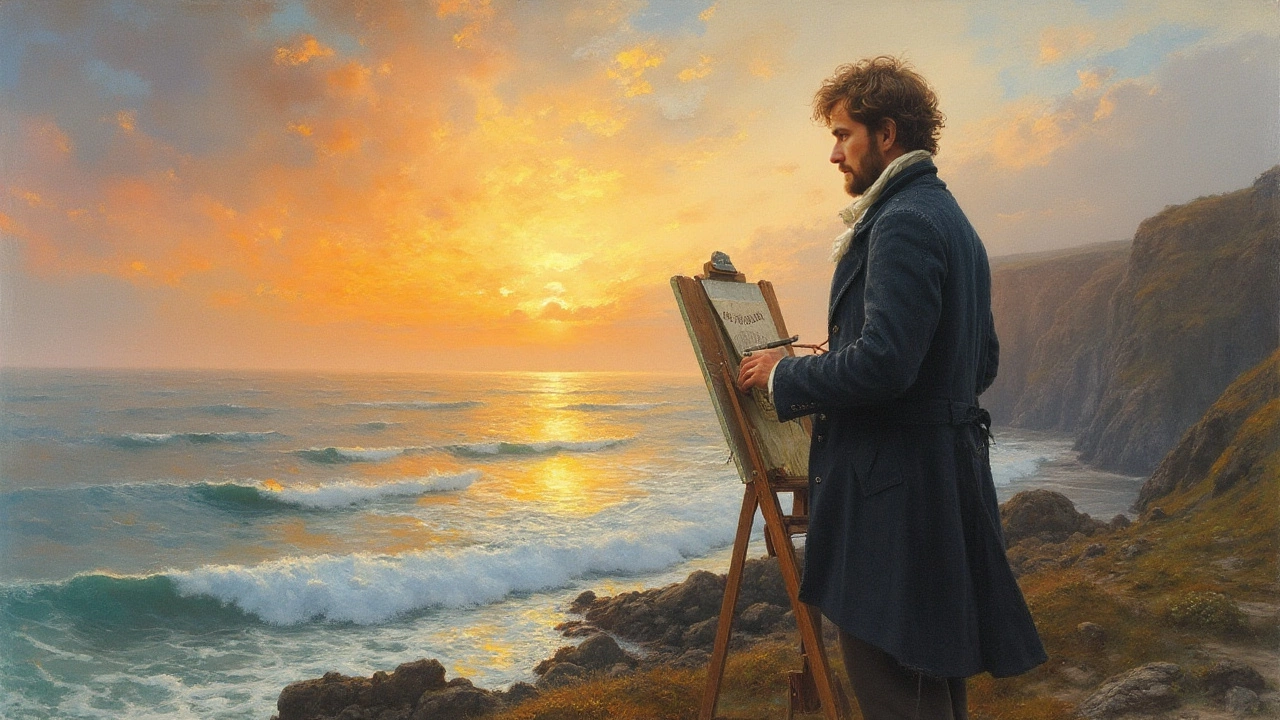What to Paint First in Watercolor: Tips for Beginners and Artists
10 Jul 2025Discover the best order for painting in watercolor. Learn why starting with light washes matters and how pros layer paint for stunning effects.
Continue reading...If you’ve ever stared at a blank sheet of wet paper and wondered how to get the colors to behave, you’re not alone. Watercolor can feel unpredictable, but the right techniques turn that chaos into control. In this guide we’ll break down the habits that give you consistent results, whether you’re just starting or looking to sharpen your skill set.
One of the most common questions is whether a pencil sketch is a help or a hindrance. Sketching first gives you a roadmap – you can place the main forms, plan the light‑to‑dark order, and avoid stray washes that ruin a delicate area. If you use a light hand (HB or 2H) and keep the lines thin, they fade as the paint dries. Many artists swear by a quick outline; others jump straight in. Try both ways on a small test piece and see which feels more natural for you.
Once the sketch is in place, the real magic starts. Wet‑on‑wet lets colors blend softly: splash clean water on the paper, drop in pigment, and watch it bloom. It’s perfect for sky gradients or soft foliage. For sharper edges, wait for the paper to dry, then add dry‑brush strokes. This contrast creates depth without needing a lot of pigment. Remember to let each layer dry before adding the next if you want clean separations – otherwise you’ll get a muddy mess.
Another tip is to control pigment load with a “wet palette.” It keeps colors moist longer, so you can lift and re‑apply without drying out. If you need to lift color, a clean damp brush or a piece of blotting paper works wonders. The sooner you act, the easier it is to rescue a mistake.
Color mixing is often where beginners slip. Start with a limited palette – primary reds, blues, and yellows plus a warm and a cool neutral. Mix small amounts on a palette cup, test on a scrap, and note how adding water changes value versus saturation. This habit reduces trial‑and‑error and keeps your palette tidy.
Finally, think about the paper texture. Rough paper holds more water, giving grainy effects; smooth paper lets colors flow evenly. Choose a weight of at least 300gsm so the paper doesn’t buckle when you apply heavy washes. A good paper is an investment that pays off every time you paint.
These techniques form the backbone of effective watercolor work. Experiment, note what works for your style, and keep practicing. With each session you’ll see the medium become less mysterious and more like a reliable partner in your creative process.

Discover the best order for painting in watercolor. Learn why starting with light washes matters and how pros layer paint for stunning effects.
Continue reading...
Watercolor painting looks easy, but it trips up even the most eager beginners. This article breaks down three mistakes almost everyone makes when starting with watercolor. You’ll get clear tips to avoid these headaches, along with simple tweaks that actually work. Save your paper, keep your colors bright, and protect your sanity. If you want smoother results and less frustration, you’ll find real help here.
Continue reading...
Watercolor painting is enchanting but not without its challenges, with hard lines being one of the common hurdles artists face. This article delves into practical techniques to avoid those dreaded unintentional edges. From understanding paper absorption to mastering water management, these insights will help artists create smooth transitions. Learn the essential tips and inside tricks to enhance your watercolor art.
Continue reading...
Watercolor painting has a rich history filled with talented artists who have mastered its delicate and ethereal qualities. From the visionary landscapes of Joseph Mallord William Turner to the vibrant still lifes of Paul Cézanne, these artists transformed watercolor painting into a celebrated art form. This article delves into the lives and works of some of the most famous watercolor painters, offering insights into their unique techniques and artistic contributions. Learn about key figures in art history whose brushstrokes have left an indelible mark on the world of watercolor.
Continue reading...